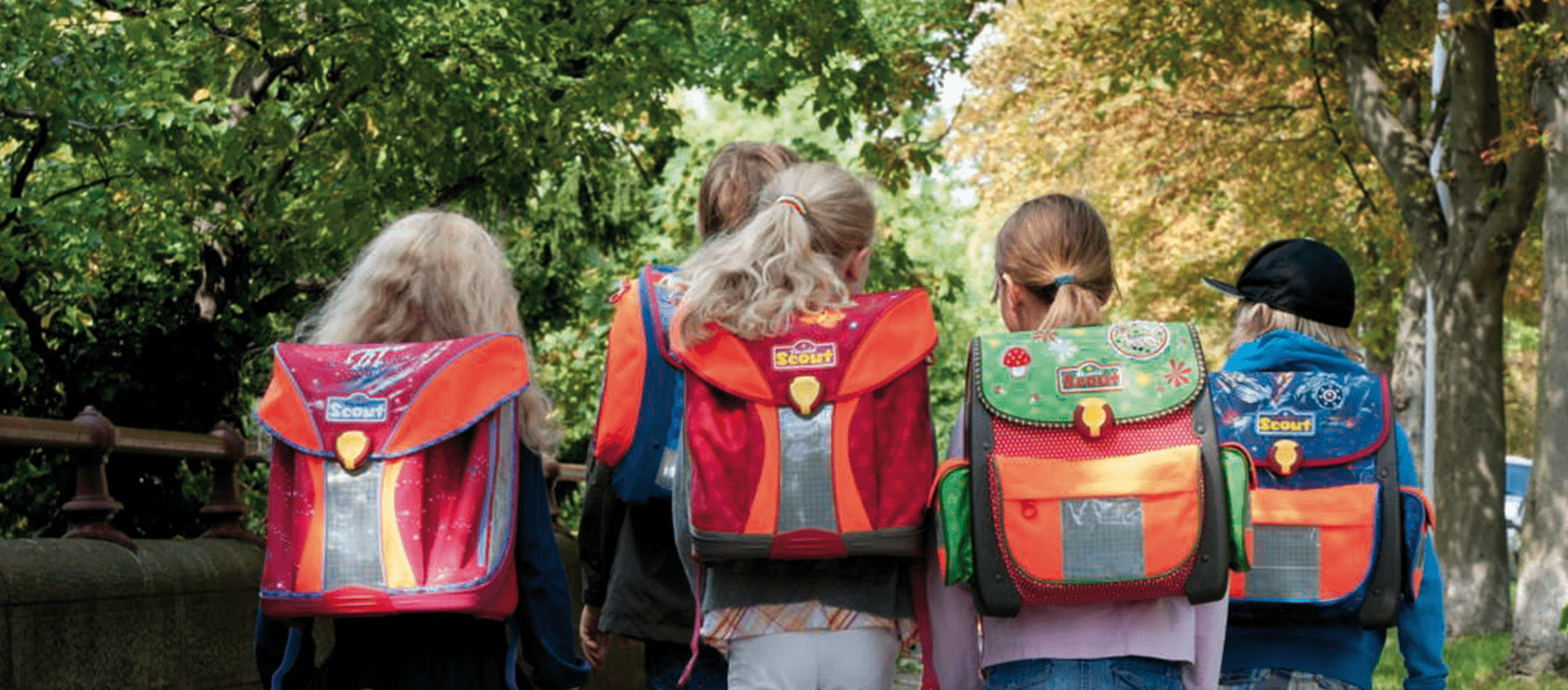
Nicer ways to school: Participatory school route design (NiceWay)
School routes are urban spaces used by children and adolescents every day. They are spaces for experience and discovery, play and meeting friends – spaces in which children and adolescents learn to move independently and gain self-confidence. In consequence, these spaces are subject to complex requirements, particularly with regard to safety, but also with regard to issues of perception and experience, orientation, navigation, and mobility. At the same time, children and adolescents are a user group that is rarely involved in the design and formal planning processes concerning these urban spaces.
The aim of the inter- and transdisciplinary project NiceWay is therefore to jointly investigate, plan and redesign concrete urban and mobility spaces on their way to school with children and adolescents as well as other relevant experts and stakeholder groups.
Together with pupils, we first record the daily routes to school and identify relevant parameters and spatial attributes that contribute to positive or negative experiences and perceptions in the urban space as well as impact their decisions on preferred and non-preferred paths and routes. In a joint working phase, potential concepts for more beautiful and safer routes to school are then developed. The developed variants are further detailed, implemented, and visualized by the research team and finally tested, discussed and further developed with the user group in experimental set-ups using diverse methods and technical aids such as immersive technologies.
In addition to the development of participation formats tailored to the target group, another objective of the project is to gain scientific knowledge on how to successfully integrate and represent spatial and urban planning aspects for and with children and adolescents in processes of formal urban planning processes.
Picture: Werschinski, CC BY-SA 3.0
Duration
2023-2027 (2nd funding phase)




